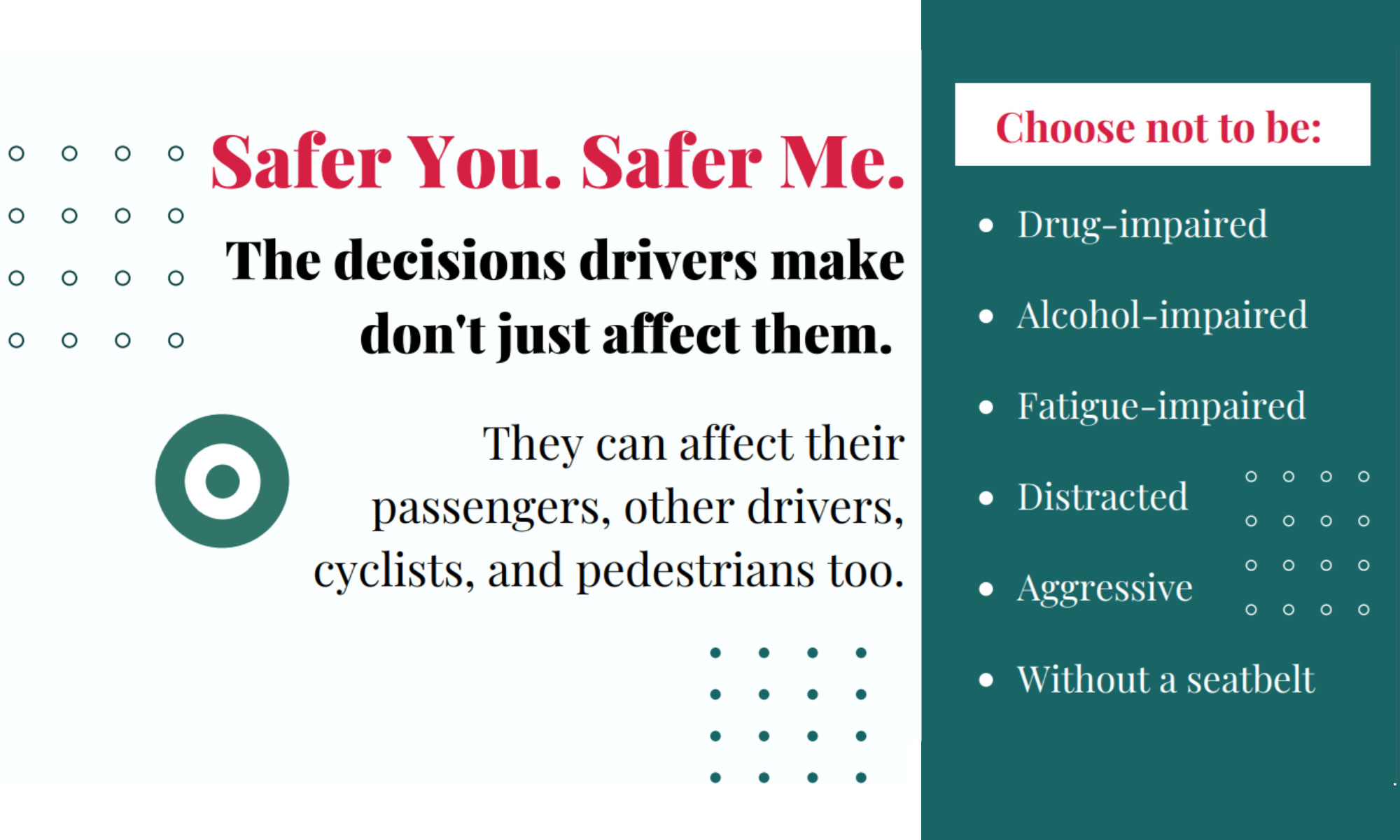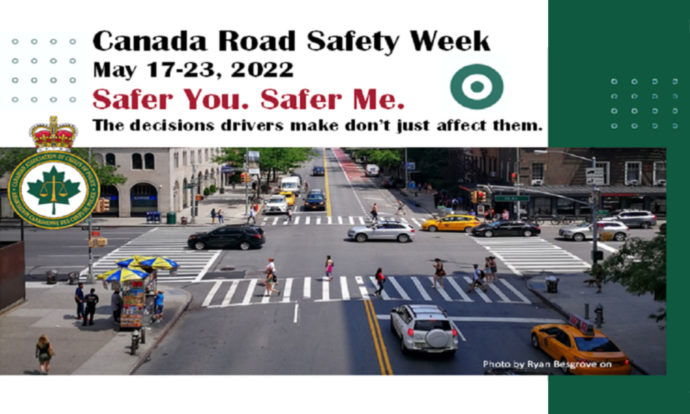At Black & McDonald, “Do the job right regardless,” is the first principle stated in our Code of Business.
This philosophy applies not only to how we conduct business, but also how we interact with our communities, including a commitment to safe driving practices.
To ensure we “do it right,” on Canada’s roadways, a systematic approach to road safety is critical, and only addressing a single issue will not create a solution. Instead, combined efforts, using a multi-pronged approach to address all aspects of driver behaviours while operating a motor vehicle are required.
As we recognize Canada Road Safety Week (May 17-23), it is an ideal time to remind ourselves of dangerous driving actions. For example, fatigued impaired driving and distracted driving are two common causes of collisions and serious injury.
Fatigue impaired driving
The term driver fatigue refers to drivers operating vehicles when they are too tired to do so safely. When tired, reaction times are significantly reduced, decision-making is hampered, and our ability to judge speed and distance diminishes.
According to a Canadian Association of Chiefs of Police report, 20 per cent of fatal collisions are caused by drowsy drivers. In fact, being awake for 18 hours straight can impair driving as much as a blood alcohol concentration (BAC) of 0.05 per cent, and being awake for 24 hours straight can impair driving as much as a BAC of 0.10 per cent.
Furthermore, drivers who get only five or six hours of sleep in 24 hours nearly double their risk of a collision.
Distracted driving
The definition of distracted driving is when the driver’s attention is drawn to some other activity or event, inside or outside the vehicle, rather than focusing on the driving task. Essentially, any competing activity that takes the driver’s attention away from the road is considered distracting.
Distractions outside the vehicle included billboards, construction, collision scenes or emergency vehicles. Inside the vehicle, distractions including eating, drinking, changing the channel on the radio and talking on mobile devices such as cellphones, regardless of whether they are hand-held or hands-free. Texting while behind the wheel is also a significant distracted driving behavior.
- Texting while driving increases the risk of crashing by 23 times.
- Texting increases your chances of rear-ending someone by a factor of seven.
- 33 per cent of Canadians admit they have texted while stopped at a red light, despite believing it is unacceptable.
Distracted driving laws may differ between jurisdictions, but all provinces and two territories have distracted driving legislation and penalties in place, which may include:
- Escalating fines to substantive financial amounts
- Introduction of insurance premium penalties
- Varying lengths of license suspensions for first, second and subsequent offences
- Driver improvement programs
- Vehicle impoundment
- Increased demerit points
Understanding and acknowledging actions that may affect our ability to navigate Canada’s roadways is paramount to reducing collisions. However, education and awareness alone may not be sufficient to change driver behaviour. In the workplace, policies are necessary, but for those policies to be effective they need to be practical, applicable to the work environment and circumstances, clearly communicated and understood by employees.



